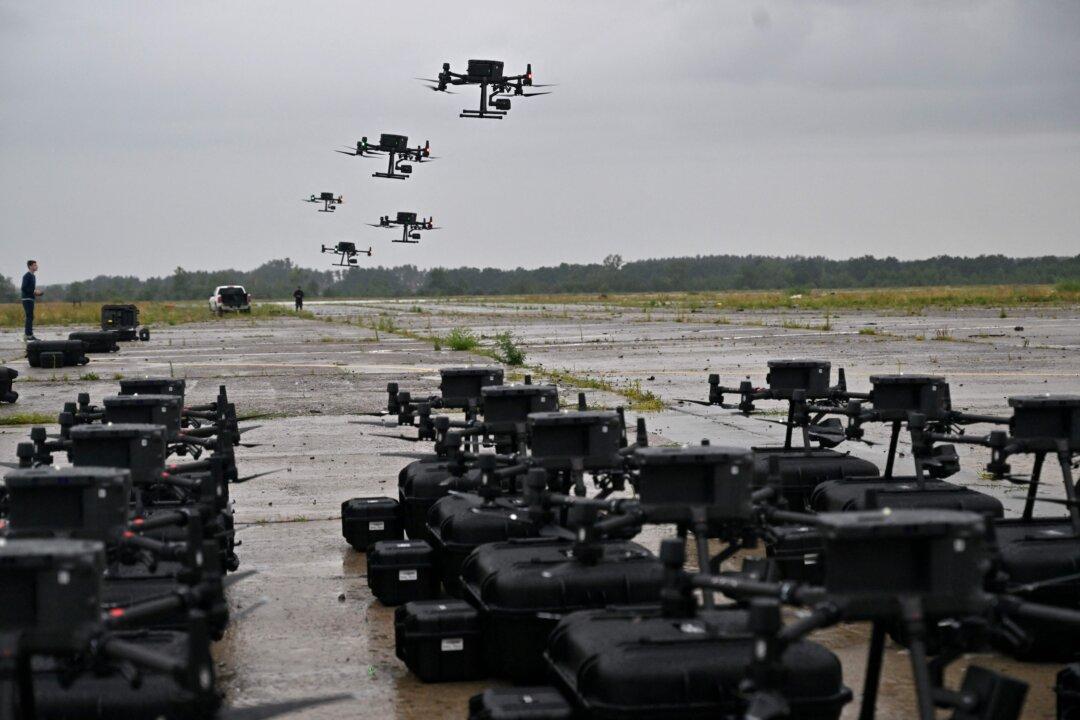News Analysis
As the Russia–Ukraine conflict unfolds, drones have transcended traditional weaponry, emerging as pivotal agents of change in modern combat. Their deployment has not only diversified tactics on the battlefield but also heightened concerns over the potential for autonomous drones to elude human oversight, posing unprecedented risks to global security. Experts underscore the necessity for stringent human control and regulatory oversight over artificial intelligence-equipped drones and other autonomous lethal armaments.





